By Eliza Beird, LLMSW, Ehrenberg Family Athletic Counseling Fellow
We live in a world where pandemics are a reality. The prevalence of mental health concerns amongst college students has been rising over the past few years (SAMHSA, 2021). The global temperatures are increasing (Lindsey & Dahlman, 2021). Our University is on stolen land (“Land Acknowledgement Statement,” n.d.). Our society is built on systemic racism. School shootings are normal. People are discriminated against for their sexual orientation, gender identity, and gender expression (Athlete Ally, 2018). Women are paid less than men (United Nations, 2022). The list can go on, and on, and on. Just the sort of thing you want to think about after a hard practice, right?
Take a minute. Breathe. The above paragraph is filled with complex, heavy, scary, overwhelming statements. Simply reading those sentences may have caused a spike in anxiety for some. However, if able, try to keep reading. It will not be like this for the whole article. In fact, we hope to try to outline ways to explore and manage that spike of anxiety that may have been felt in that opening hook. What we all know to be true is that things will continue to happen in the world around us that can make managing our day-to-day life more difficult. Life stressors will not go away just because we ignore them. In fact, there is even a risk that they get worse if we ignore them, not only for us as individuals, but for society as well. The more that we avoid the thoughts or emotions that we have regarding global stressors, the more they persist. Former Michigan Athletic Counselor, Greg Harden, often refers to a process of “staying sane in an insane world.” So, when you’re ready, I invite you to dive back in because by acknowledging and processing these thoughts and emotions, we bring them into awareness, enabling us to move forward with action and empowerment.
Why am I feeling this way?
When considering major societal and environmental issues, a varying spectrum of responses is normal. Shock, sadness, anger, helplessness, anxiety, and fear, are just a few emotions that we may experience when looking at the world unfolding around us. It can sometimes feel as though there is nothing we can do to stop it. It becomes easy to ask “what can one person really accomplish?”
Normal stress responses such as anxiety, anger, or feeling overwhelmed, can alert us to situations that are unsafe, indicate what’s important to us, and can help us prioritize tasks and responsibilities. However, without the right support or skills, fear and anxiety can quickly become unhelpful. It can make taking action really challenging. This is especially true in situations where it does not feel like we have much control. Many of us have been taught about fight, flight, fawn and freeze as a response to stress or threat. These reactions are normal. They are evolutionary protective strategies enacted to keep us safe (Skedel, 2022).
However, while these responses are normal, they are not always beneficial to us, personally or collectively. Believing we cannot do anything about a situation can lead to unmanaged anxiety or disengaging from the problem completely. It allows us to become complacent in what we perceive to be inevitable outcomes. If we spend too much time focusing on the things that we cannot control and the things that we cannot change about a situation, it is easy to become stuck or overwhelmed by fear. This space is also known as our sphere of concern (Discovery in Action, 2020) 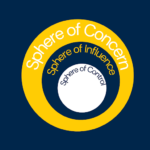
Sphere of Control The things that we can directly control : our actions, responses, attitudes, interests, opinions, etc
Sphere of Influence The things or concerns that we can have some influence over, either directly or indirectly: others’ actions, opinions, responses–think about the trickle down effect of the things that YOU do
Sphere of Concern The wide variety of things and topics in the world that worry us and take up space in our lives that we can individually do little about: climate change, economy, global pandemics, Corporations, etc
What can I do?
We know that sometimes doing something, even if we do not have total control of the situation, can make things feel a bit more manageable and can decrease some of our stress. Participation in activism is one such way to take action. It has been found to be an effective way to manage stress, anger, and anxiety surrounding topics or situations. It builds connection and community with others and stimulates positive feedback for taking action and engaging in something bigger than ourselves. Activism empowers us to take control of how life events affect us rather than being controlled by them. While it doesn’t take the challenge away, activism gives space for the adversity to be an opportunity rather than a setback. By engaging with a cause we are passionate about, we are given a productive outlet to direct our anger and anxiety (Skedel, 2022; “Guest Author,” 2021; Cox, 2014) .
As humans, we have the opportunity to select where we focus our attention and energy. If instead of focusing on the area of concern, we focus on our areas of influence and control, we start recognizing our own power and agency (Covey, 2020). By shifting towards this proactive space, not only do we minimize rumination, but we also harness our own strengths which allows us to build resilience and stay engaged. Activism stimulates our shift in focus towards our areas of influence and control as it allows us to have a role in the narrative (Bresser, 2017).
But the problem doesn’t go away….
Choosing to take action and participate still doesn’t completely take away the magnitude of the world’s circumstances. At times, choosing to actively engage in this way may be heavy and really hard. Being an activist is, in part, accepting the things that cannot be controlled and understanding the role you play in the global stressor. It also necessitates taking care of yourself and that will look different from person to person (Skedel, 2022). Some examples of self care may include:
- Taking a step back completely, removing yourself from situations, deleting social media and taking breaks from/turning off news outlets
- Giving yourself a time limit to spend on activism efforts
- Limiting and managing information consumption
- Seeking coping and restorative practices to maintain balance in your life and well-being
- Joining support and processing groups
- Engaging with peers
- Understanding the limits of impact that an individual can have (both positively and negatively)
- Accepting that perfection is an unrealistic standard
Each person has their own tolerance of how much they can handle and taking breaks to engage in self-care at every step is important to maintaining resilience and motivation. It is also important to note that sometimes we will not have the option to take a step back from the global stressors. For some of us, they may permeate into many facets of our lives, making them unavoidable. When this is the case, it’s asking yourself what behaviors or practices can you engage in to make management of the stress a little bit easier. (Need ideas? Check out this list of skills and strategies)
Student-athletes are in a unique position to engage in activism. Whether it is wanted or not, being an athlete comes with a level of public visibility. The platform that comes with putting on the jersey allows space for advocacy for endless causes that you have a passion for. Examples exist across the world of athletes engaging in activism, from promoting LGBTQ+ Rights at the Fifa World Cup, to pushing back against women’s rights in Iran. It is ultimately up to you if, and how, you use your position.
Yes, we are all individuals. Maybe one individual does not, or cannot, change social or environmental issues. But I do know that individuals make up communities and communities working together can influence others and incite change. Sure, maybe Colin Kaepernick didn’t change the world, but he certainly brought awareness to a situation and single-handedly started a movement.
Interested in participating in activism here at U-M but don’t know where to start? Check out these groups and strategies to start your journey!
Strategies:
- Stick to a few key topics
- We can easily become overwhelmed by options/choices which can impact our ability to start or engage (It’s called the Tyranny of Choice!). Even if you are passionate about a variety of causes or topics, try starting with one or two to establish a foundation
- Explore realistic life changes
- Evaluate what your schedule and living situation allows for right now
- Think about what you can do in 15 minutes
- Send an email, join a group, post on social media, call a state representative. Not every act of activism has to be time consuming
- Acknowledge and process the challenge and difficulty of situations and emotions
- Find (or build) a group that is passionate about the same topic
- This allows for a supportive community who understands the challenges. Sometimes things feel easier and more manageable in a group
- Practice self-care
Groups:
CAPS Climate Support Group (email Carolyn Scorpio at [email protected] for more information and to be put on the waitlist!)
About the Author
Eliza Beird is the Ehrenberg Athletic Counseling Fellow with the U-M Athletic Counseling Team. She previously worked as the MSW intern within the U-M athletic department while working towards her master’s degree. She graduated from Hope College with a BA in Exercise Science and a minor in Psychology. During this time, she was a member of their women’s soccer team and began her interest in student-athlete mental health and well-being. After graduating from Hope, she interned with the United States Olympic and Paralympic Committee in Chula Vista, CA.
References
Athlete Ally. (2018) Athletic equality index. Athlete Ally. http://www.athleteally.org/wp-content/uploads/2019/03/AEI_Updated_Mar_2019.pdf
Bresser, L. (2017, January 23). Building a locus of control: Protecting yourself from “climate trauma.” New Security Beat. https://www.newsecuritybeat.org/2017/01/building-locus-control-protecting-climate-trauma/
Cox, H. (2014). Impacts of activism on health and wellbeing. The Commons: Social Change Library. https://commonslibrary.org/impacts-of-activism-on-health-and-wellbeing/
Discovery in Action. (2020, August 24). Circle of concern v circle of control. Discovery in Action. https://discoveryinaction.com.au/circle-of-concern-v-circle-of-control/#:~:text=Popularised%20by%20Stephen%20Covey%2C%20this,about%20%E2%80%93%20either%20directly%20or%20indirectly
“Guest Author.” (2021, December 10). How to improve your life with mental health activism. Rtor.org. https://www.rtor.org/2021/12/10/how-to-improve-your-life-with-mental-health-activism/
Lindsey, R., Dahlman, L. (2023, January 18). Climate change: global temperature. Climate.gov.https://www.climate.gov/news-features/understanding-climate/climate-change-global-temperature#:~:text=Earth%27s%20temperature%20has%20risen%20by,based%20on%20NOAA%27s%20temperature%20data.


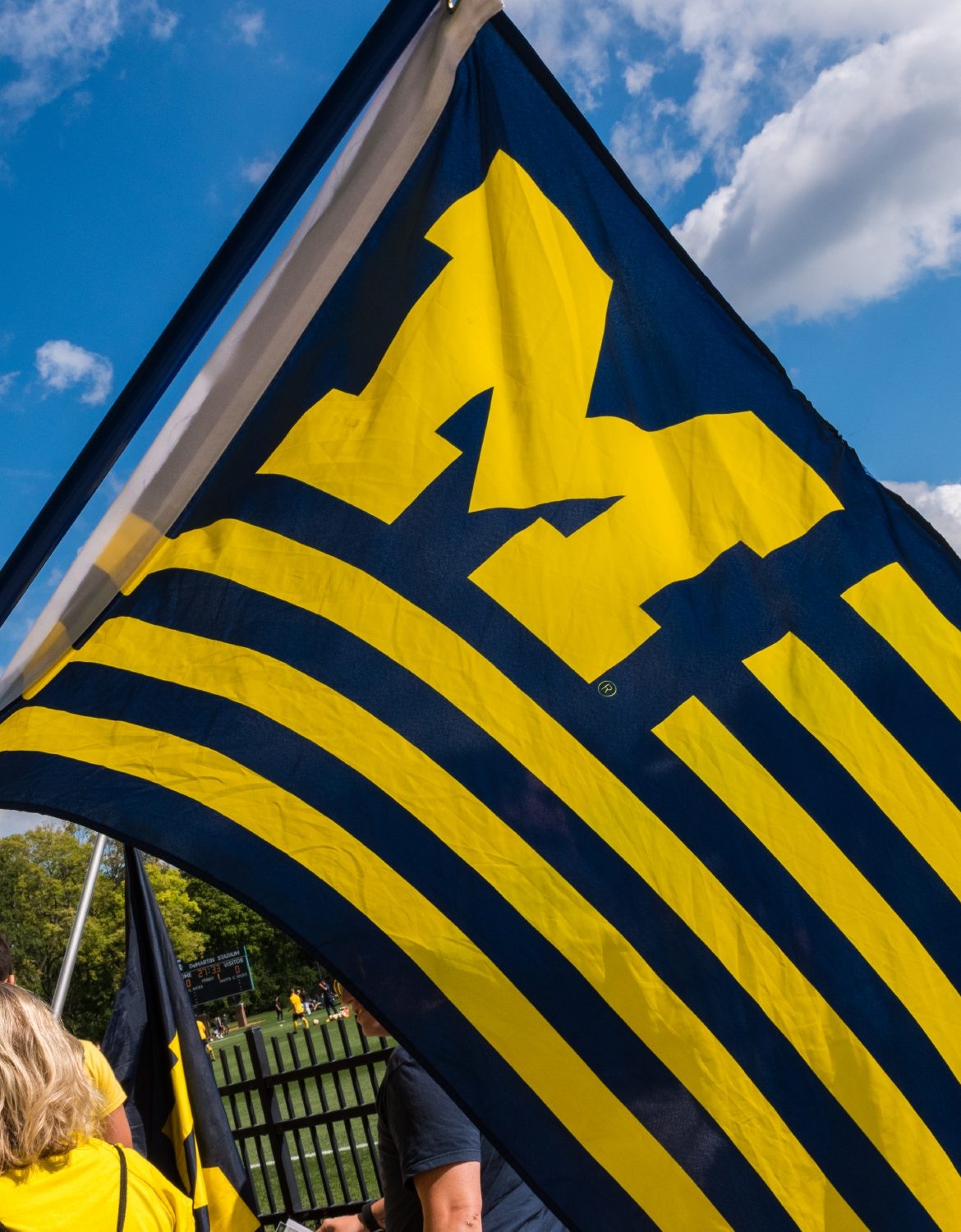





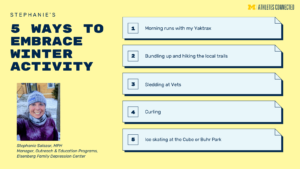


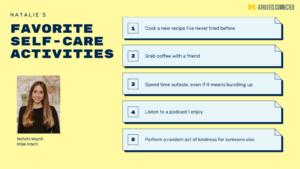

 n: I knew that any ‘worry thoughts’ were not helpful to stopping Ohio State. I could dismiss them and lock in my attention on what mattered. And it’s a good thing my mind was calm leading up to that play. About 10 seconds before the snap, I noticed our defensive coaches screaming and frantically gesturing, “WATCH KEEP! WATCH KEEP!” They were expecting QB Braxton Miller to keep the ball, rather than hand it to his running back, and try to score himself. On that play design, the running back was my responsibility, and the QB was the responsibility of the guy next to me, our Defensive End. I turned to my talented, but not always detail oriented, underclassmen teammate, to make sure he got the message. He had. The ball was snapped, the QB kept it, and ran right into a wall of Michigan defenders, led by that teammate. Michigan ball, first down, going the other way.
n: I knew that any ‘worry thoughts’ were not helpful to stopping Ohio State. I could dismiss them and lock in my attention on what mattered. And it’s a good thing my mind was calm leading up to that play. About 10 seconds before the snap, I noticed our defensive coaches screaming and frantically gesturing, “WATCH KEEP! WATCH KEEP!” They were expecting QB Braxton Miller to keep the ball, rather than hand it to his running back, and try to score himself. On that play design, the running back was my responsibility, and the QB was the responsibility of the guy next to me, our Defensive End. I turned to my talented, but not always detail oriented, underclassmen teammate, to make sure he got the message. He had. The ball was snapped, the QB kept it, and ran right into a wall of Michigan defenders, led by that teammate. Michigan ball, first down, going the other way.  About the Author
About the Author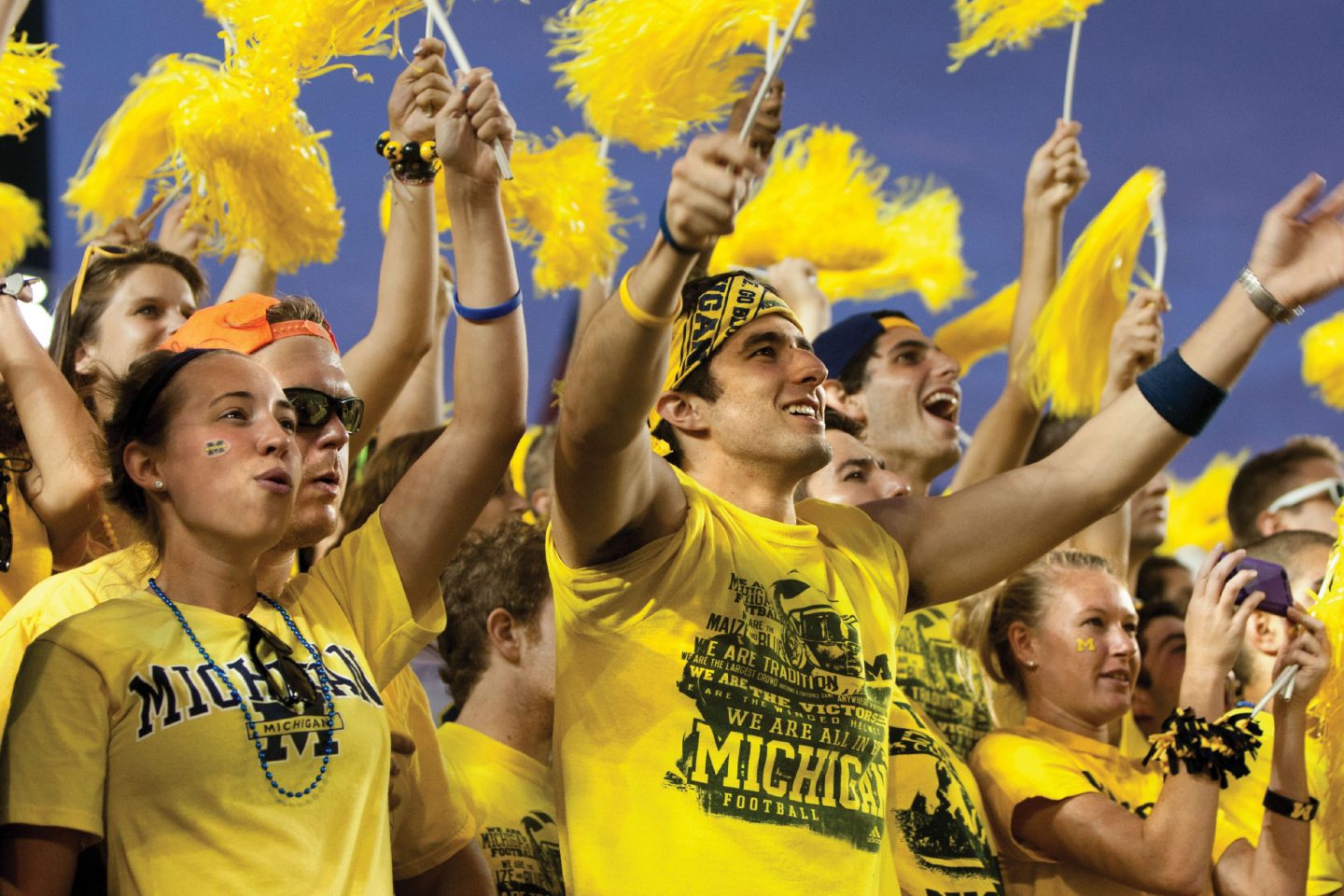
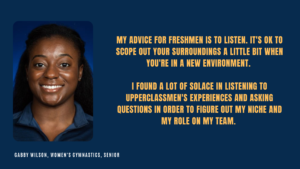
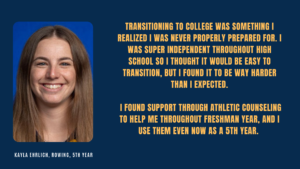
 About the Author
About the Author
